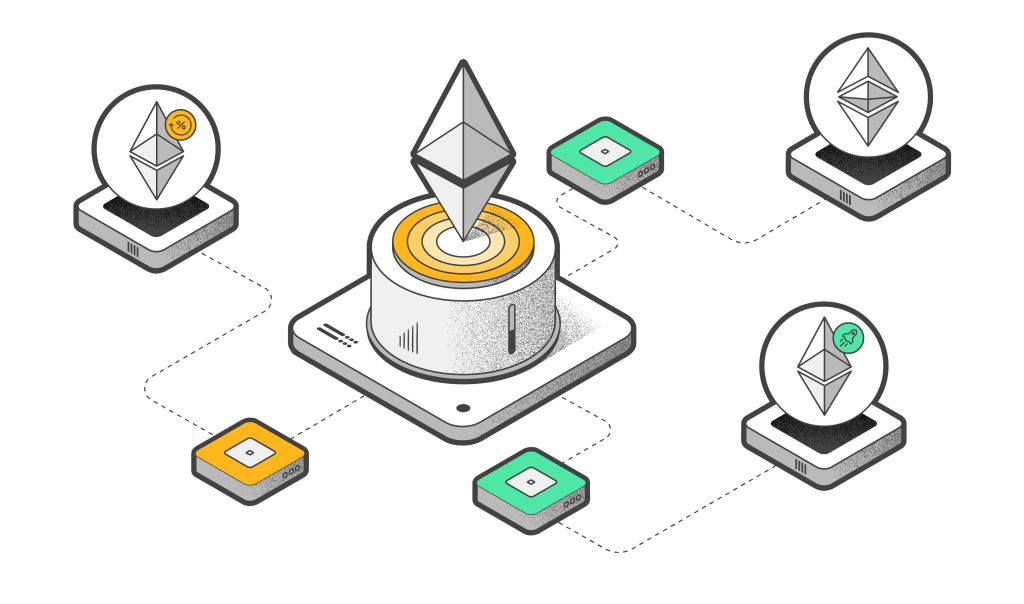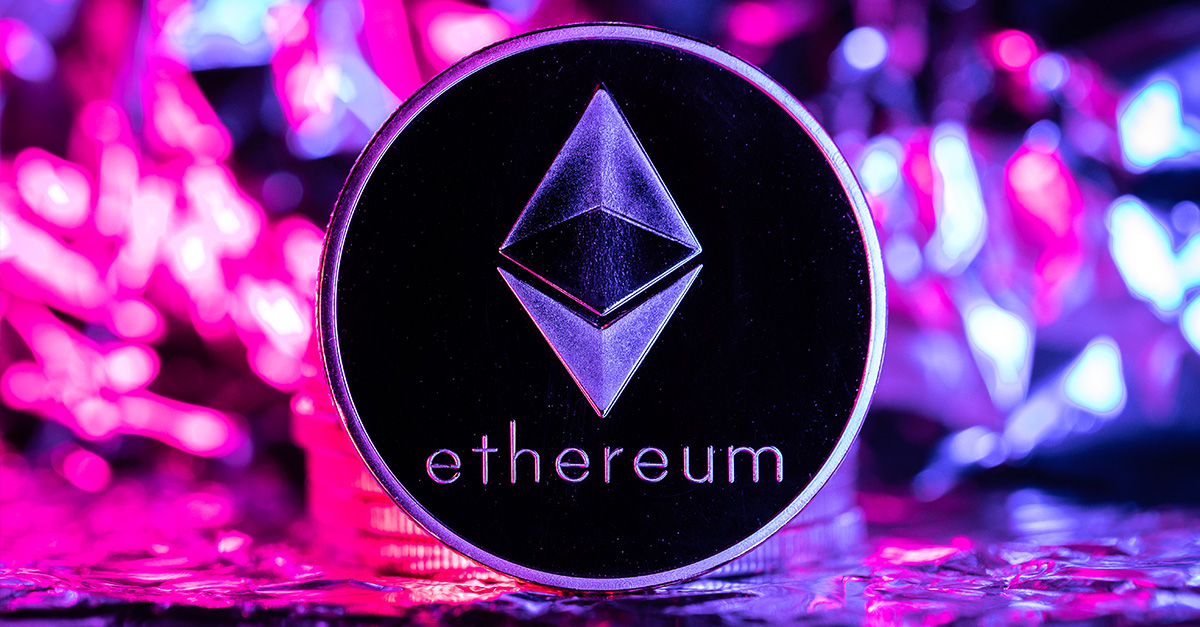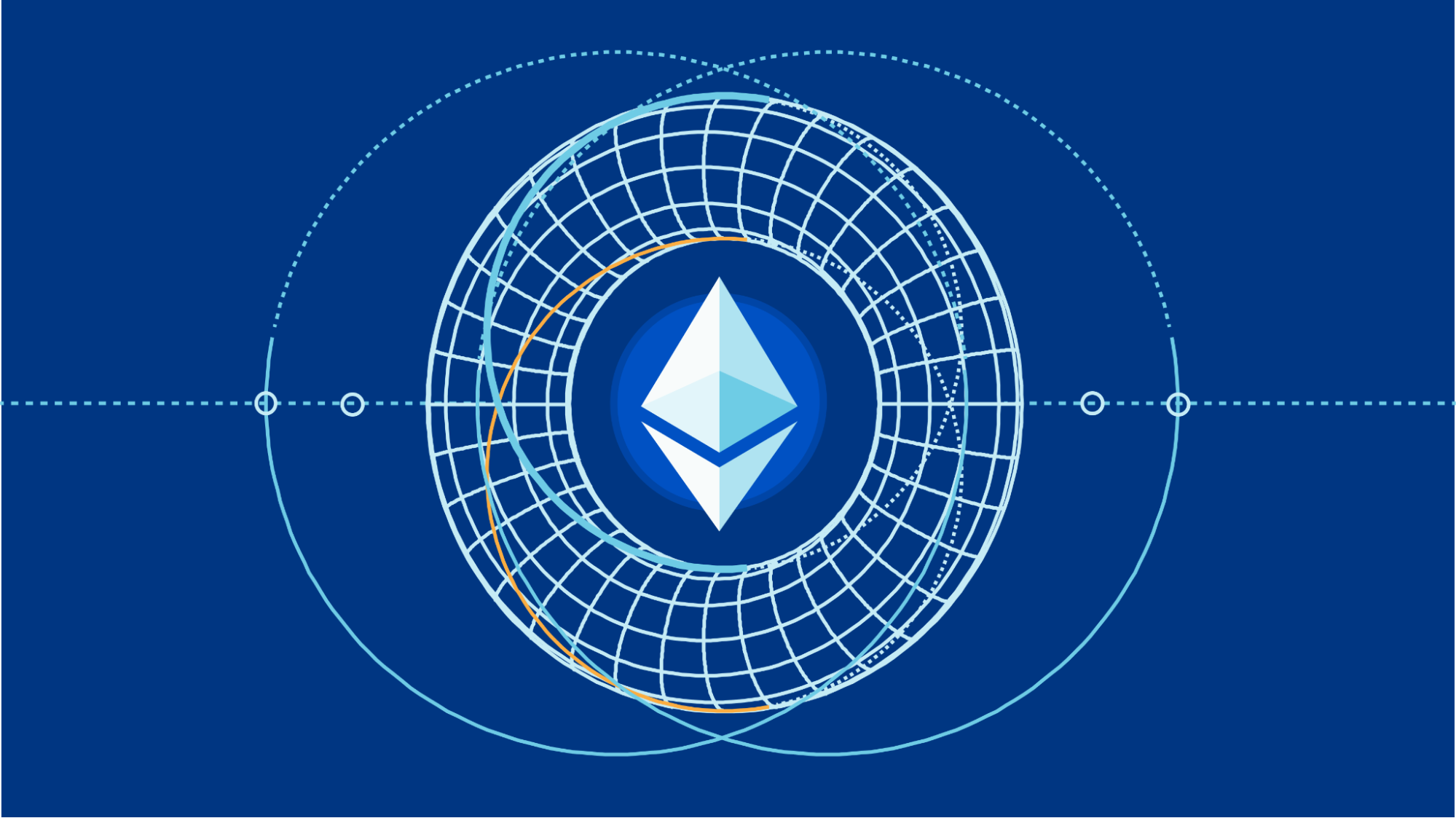As the cryptocurrency landscape continues to evolve, Ethereum has emerged as one of the most influential and promising platforms for decentralized applications (DApps) and smart contracts. However, with its growing popularity, Ethereum faces significant scaling challenges that must be addressed to ensure its sustainable future. In this article, we will explore the key scaling challenges Ethereum confronts and delve into the innovative solutions that are being developed to overcome them.
Ethereum, created by Vitalik Buterin in 2015, introduced the concept of smart contracts and DApps, enabling a wide range of decentralized applications to be built on its platform. However, as its popularity grew, so did the strain on the network’s capacity and efficiency. This article explores the challenges Ethereum faces due to its scalability limitations and the various solutions that are being implemented to ensure its continued success.
Understanding Ethereum’s Current State

As of now, Ethereum operates on a proof-of-work (PoW) consensus mechanism, similar to Bitcoin. While this has provided security to the network, it has also led to scalability issues. Ethereum’s current capacity can process around 15 transactions per second (TPS), which pales in comparison to traditional payment processors like Visa.
The Scalability Issue
One of the most pressing challenges Ethereum faces is network congestion. During times of high demand, the network becomes congested, leading to slower transaction confirmations and increased gas fees. This has been a major obstacle for users and developers alike. Gas fees are a crucial component of Ethereum’s ecosystem as they prevent spam and allocate network resources. However, the surge in gas fees, especially during periods of heavy usage, has made transactions costly and impractical for smaller users.
Layer 2 Scaling Solutions
Layer 2 solutions are protocols built on top of the Ethereum mainnet that aim to increase scalability by handling transactions off-chain while still benefiting from the security of the Ethereum network. Rollups are a type of layer 2 solution that bundles multiple transactions into a single transaction, reducing congestion on the mainnet. They offer the potential to significantly enhance Ethereum’s capacity and reduce fees. Optimistic Ethereum is a specific type of rollup that uses optimistic rollup technology to achieve scalability. It operates on the assumption that most transactions are valid, therefore minimizing on-chain activity.
Ethereum 2.0 and Proof of Stake
Ethereum 2.0 aims to transition from PoW to a proof-of-stake (PoS) consensus mechanism. The Beacon Chain, which has already launched, will coordinate the PoS protocol, while shard chains will handle transactions and smart contracts in a more scalable manner. Proof of Stake eliminates the energy-intensive mining process, reducing the environmental impact of the network. Additionally, it enhances security and encourages greater participation from network validators.
EIP-1559 and Fee Market Reform
EIP-1559 proposes a new transaction fee structure that includes a base fee and a tip. This mechanism aims to make gas fees more predictable and reasonable, addressing the issue of unpredictable and high fees. A portion of the base fee in each transaction will be burned, reducing the overall supply of Ethereum. This deflationary mechanism has implications for the token’s scarcity and value over time.
Interoperability and Cross-Chain Solutions

In a multi-chain ecosystem, ensuring seamless communication and data transfer between different blockchains is crucial. Interoperability solutions aim to bridge this gap and facilitate the exchange of assets and information. Bridge protocols, like the Polkadot parachain, enable cross-chain interoperability by connecting different blockchains. They allow assets to move freely between chains while maintaining their individual functionalities.
Critics have raised concerns about the energy consumption of Ethereum’s PoW consensus. The transition to PoS in Ethereum 2.0 significantly reduces the network’s carbon footprint. The shift to PoS not only addresses scalability but also aligns with growing environmental awareness, making Ethereum a more sustainable and eco-friendly platform.
Future Developments and Upgrades
Ethereum Improvement Proposals (EIPs)
The Ethereum community constantly works on improving the network through EIPs, proposing changes and upgrades that enhance scalability, security, and functionality.
Enhanced Smart Contract Languages
Developers are exploring advanced smart contract languages that offer greater flexibility, security, and efficiency, further enhancing the capabilities of the Ethereum platform.
Decentralized Finance (DeFi) Innovations
DeFi applications have driven much of Ethereum’s recent growth. Continued innovations in DeFi are expected to contribute to the network’s scalability and adoption.




Leave a Reply